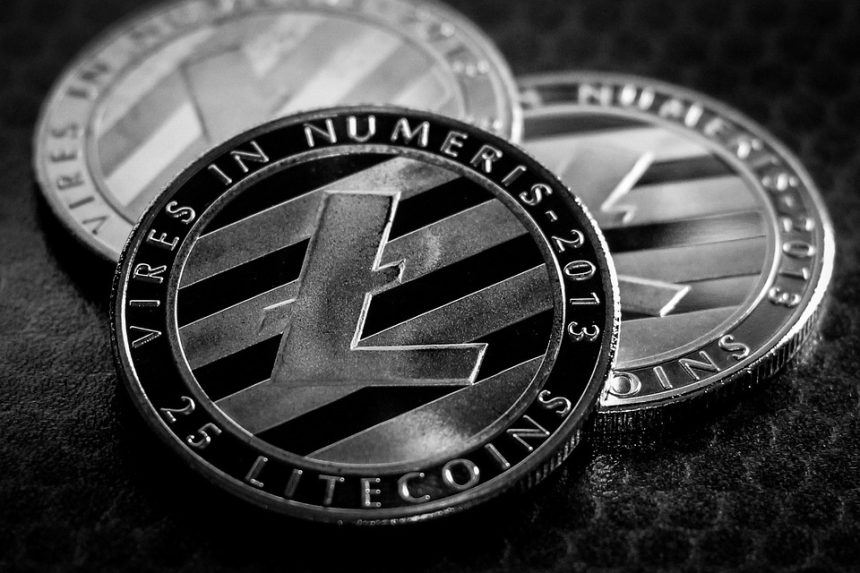In recent years, the cryptocurrency ecosystem has witnessed remarkable growth and transformation. However, the inherent volatility of digital assets has been a significant point of concern, both for investors and regulators. Among the various innovations in the blockchain space, stablecoins have emerged as a potential solution to this volatility. Yet, as their popularity rises, so does scrutiny from regulators, financial institutions, and the public. This article explores the role of stablecoins in the crypto landscape, the challenges they face, and whether they can truly provide a balm for cryptocurrency volatility.
Understanding Stablecoins
Stablecoins are a category of cryptocurrencies designed to maintain a stable value by pegging their worth to reserved assets, such as fiat currencies (like the US dollar) or commodities (like gold). Unlike traditional cryptocurrencies, which can experience significant price fluctuations, stablecoins aim to provide a level of price stability.
There are three primary types of stablecoins:
-
Fiat-Collateralized Stablecoins: These coins are backed by reserves of fiat currency, typically held in a bank account. For example, Tether (USDT) and USD Coin (USDC) are pegged to the US dollar at a 1:1 ratio, meaning for every stablecoin issued, there is a corresponding dollar held in reserve.
-
Crypto-Collateralized Stablecoins: These are backed by other cryptocurrencies, often over-collateralized to account for market fluctuations. DAI is a prominent example, where users can lock up Ethereum and mint DAI against it.
- Algorithmic Stablecoins: These do not rely on collateral but instead use algorithms to control the supply of the stablecoin in response to demand. The most notable recent example is TerraUSD, which faced significant issues in 2022, leading to a broader exploration of algorithms in stablecoin design.
The Promise of Stablecoins
The primary appeal of stablecoins lies in their ability to combine the advantages of digital assets with the stability of traditional currencies. Here are some benefits of using stablecoins in the crypto market:
-
Reduced Volatility: Stablecoins provide a safe harbor during market downturns, allowing traders to avoid the wild price swings associated with other cryptocurrencies.
-
Enhanced Liquidity: Due to their stable nature, they facilitate easy trading between cryptocurrencies and fiat currencies, enhancing overall market liquidity.
-
Simplified Transactions: Stablecoins allow for quicker and cheaper cross-border transactions compared to traditional banking systems.
- Financial Inclusion: They can serve unbanked populations, providing access to digital finance without requiring a bank account.
Regulatory Scrutiny
Despite their advantages, stablecoins are coming under increased scrutiny from regulators around the world. The concerns stem from several key issues:
-
Transparency and Reserve Management: Many stablecoin issuers have been criticized for a lack of transparency regarding their reserve holdings. Questions remain about whether there are sufficient assets backing the coins in circulation.
-
Systemic Risk: The interconnections between stablecoins and the broader financial system raise concerns about potential risks. The collapse of a major stablecoin could have ripple effects throughout the cryptocurrency market and beyond.
-
Consumer Protection: Regulators are concerned about the potential for fraud and the need for consumer safeguards, particularly as more inexperienced investors enter the market.
- Monetary Policy: The rise of stablecoins has implications for central banks and their ability to manage monetary policy. This concern has led many central banks to explore Central Bank Digital Currencies (CBDCs) as alternatives.
Are Stablecoins the Answer?
While stablecoins do offer a more stable alternative within the volatile cryptocurrency market, they are not a panacea for all the challenges related to crypto assets. The risks associated with stablecoins highlight the complexities involved in achieving true stability.
One potential avenue is greater regulatory clarity and cooperation between stablecoin issuers and regulators. By ensuring transparency and adherence to sound reserve practices, the industry could bolster consumer confidence.
As the cryptocurrency ecosystem continues to evolve, innovations such as decentralized finance (DeFi) can also complement the role of stablecoins. These innovations may provide additional avenues for managing volatility without the need for centralized control.
Conclusion
Stablecoins present a fascinating and complex solution to the issue of volatility in the cryptocurrency market. They bring with them the promise of reduced price swings, increased liquidity, and broader access to the financial system. However, their rapid adoption has also caught the attention of regulators, highlighting the necessity of governance and transparency in this emerging financial sector.
As the future unfolds, the efficacy of stablecoins in stabilizing the crypto landscape will depend on navigating the regulatory challenges and ensuring that the underlying systems can withstand the pressures of market dynamics. Ultimately, while stablecoins may be part of the solution, they are not a complete answer to the intricacies of virtual asset volatility. A multifaceted approach incorporating regulation, innovation, and education will be key to realizing the potential of stablecoins and the broader cryptocurrency market.



![Cross-Chain Collaboration: [Altcoin Name] Teams Up with [Partner Name] to Enhance Interoperability Cross-Chain Collaboration: [Altcoin Name] Teams Up with [Partner Name] to Enhance Interoperability](https://realcryptotrends.com/wp-content/uploads/2024/09/bitcoin-6219349_960_720-150x150.jpg)

